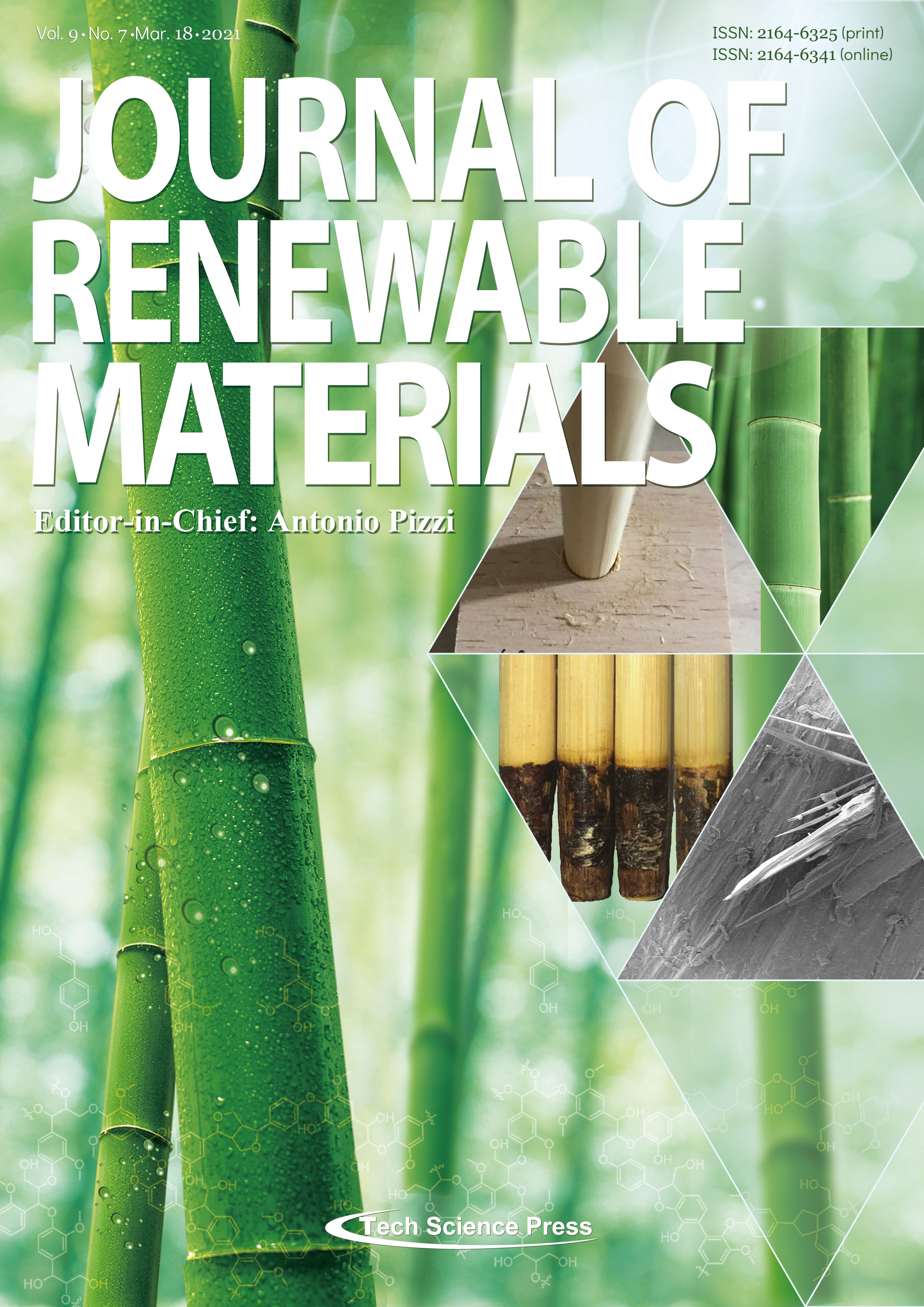New Biobased Polyurethane Materials from Modified Vegetable Oil
Chakib Mokhtari1, Fouad Malek1, Sami Halila2, Mohamed Naceur Belgacem3,*, Ramzi Khiari3,4,5,*
Journal of Renewable Materials, Vol.9, No.7, pp. 1213-1223, 2021, DOI:10.32604/jrm.2021.015475
- 18 March 2021
Abstract Bio-based polyurethanes (PUs) have been occurred a large attention nowadays. It was found to be an alternative
to the petrochemical based materials to the fact of their weak environmental influence, availability, good price and
biodegradability. In addition, the nature shows several bio-derived compounds as raw materials for the synthesis
of polyols, including the vegetable oils, polyphenol, terpene, and other bio-renewable sources. With the aim to
develop a new family of biobased polyurethanes (PUs) via vegetable oils, the elaboration of new Jojoba-based
PUs was performed by catalyst-free polycondensation reaction of a synthesized Jojoba diol with various More >
Graphic Abstract
